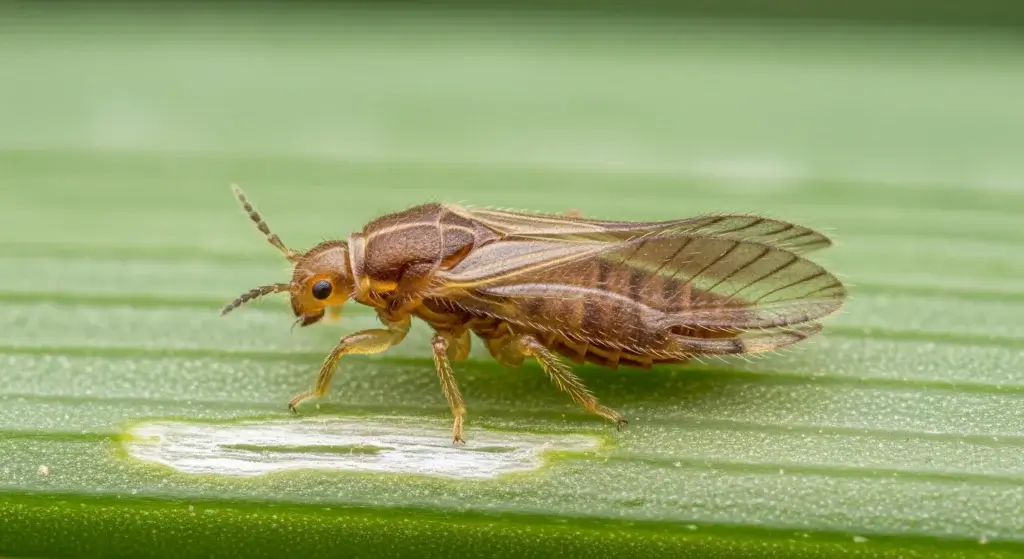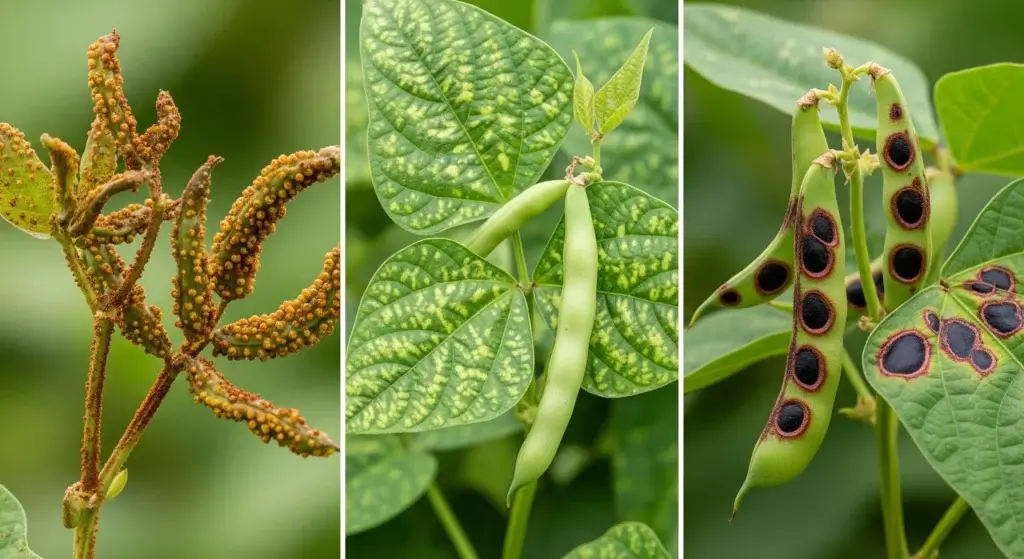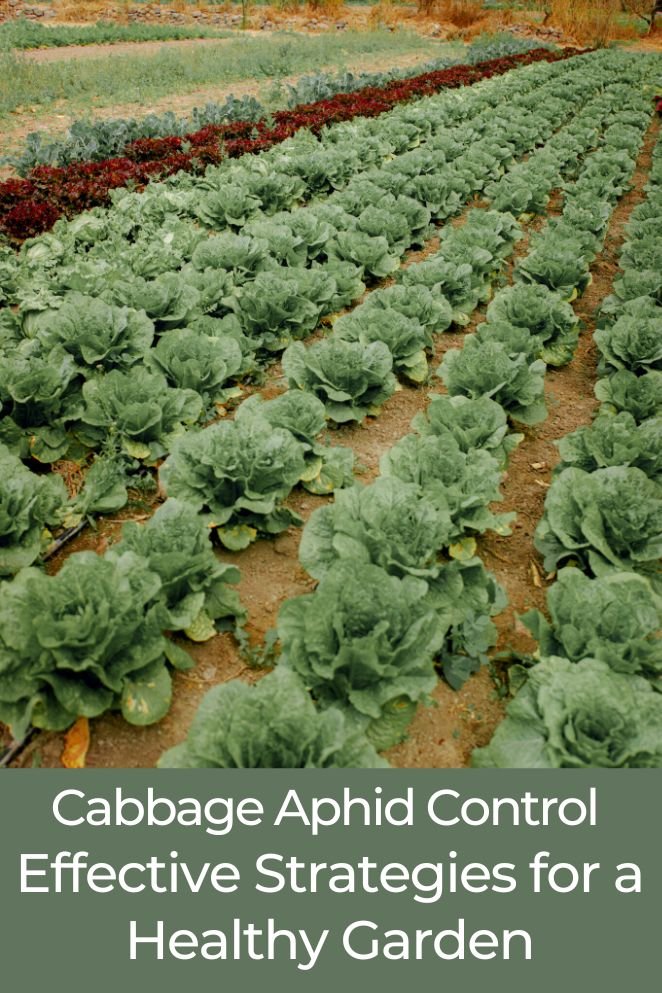
Cabbage aphids, tiny green insects, pose a threat to your garden, potentially causing considerable harm to your plants.
This blog post delves into the detrimental effects they inflict, strategies for effective control, and valuable tips to thwart future infestations.
Learn about the impact of these pests, discover methods to manage them, and explore preventive measures to safeguard your garden’s health.
What Are Cabbage Aphids?
Cabbage aphids, small green insects reminiscent of tiny flies, boast a distinctive pear-shaped body and an elongated, hollow tail.
Notably, these pests possess the troublesome capability to infest and wreak havoc on crops, presenting a substantial concern for gardeners.
Their diminutive size belies the potential damage they can cause, making it imperative for gardeners to stay vigilant and employ effective measures for management.
- Read also: A Guide to Natural Pesticides for Lettuce
- Read also: A Guide to Natural Pesticides for Tomatoes
What Damage Does Cabbage Aphids Cause?
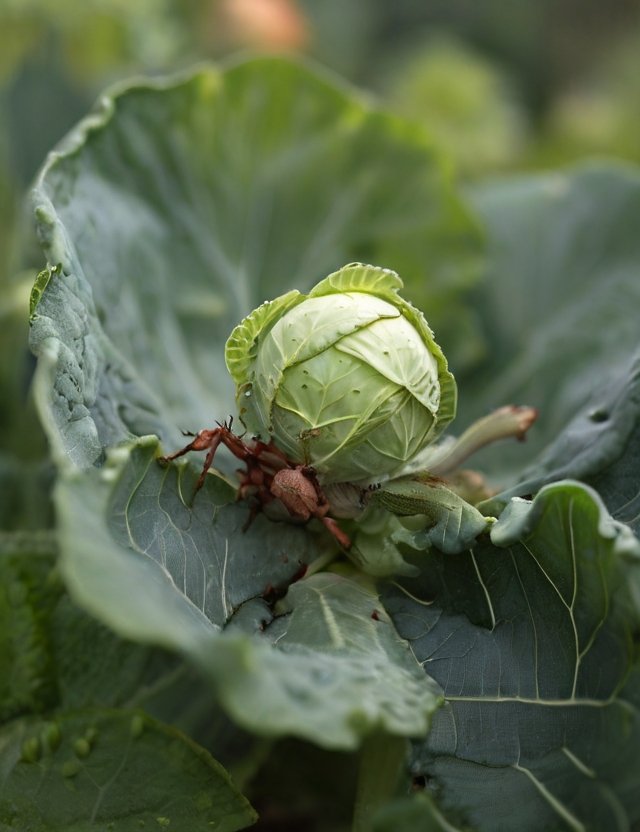
Cabbage aphids can inflict various types of damage on your plants, significantly impacting their overall health and productivity.
Here’s a more detailed look at the potential harm caused by these tiny green insects:
Leaves and stems
Cabbage aphids have a penchant for causing distress to leaves and stems.
Their feeding habits lead to the curling and puckering of leaves, ultimately resulting in leaf loss.
Furthermore, the pests can weaken the stems, making them vulnerable to breakage.
This compromises the structural integrity of the plant and hampers its ability to thrive.
Flowers and buds
The detrimental effects extend to the reproductive aspects of plants.
Cabbage aphids can impede the blooming of flowers and the development of buds.
This interference disrupts the natural reproductive cycle, hindering the formation of fruits.
As a consequence, the overall harvest may be reduced, affecting both the quantity and quality of the yield.
Stunted growth
Cabbage aphids disrupt the normal growth patterns of plants by feeding on the sap that transports vital nutrients.
This interference leads to stunted growth, where plants fail to reach their full potential in terms of size and vigor.
The slowdown in growth can have cascading effects on the plant’s ability to withstand environmental stressors and produce a robust harvest.
How To Control Aphids?
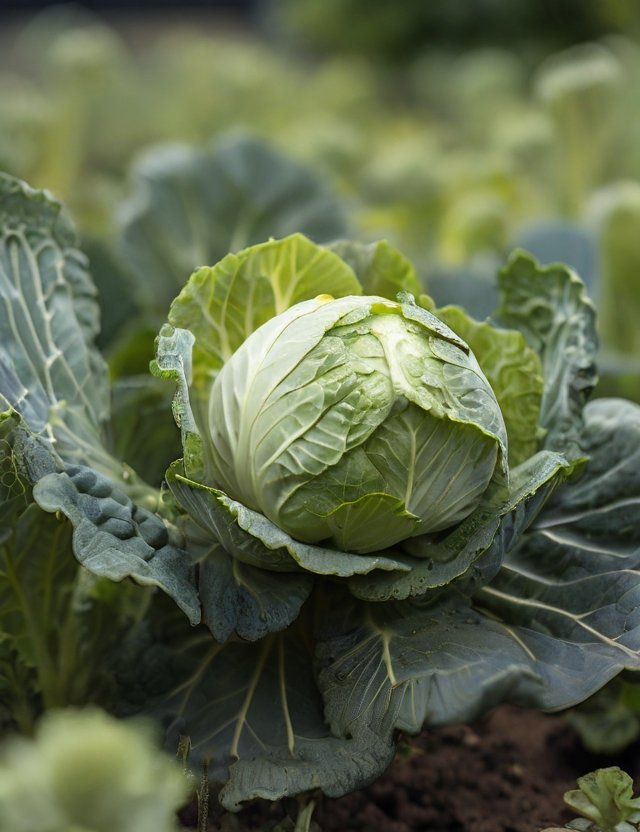
There are several methods for controlling cabbage aphids, including:
Chemical treatments
Chemical treatments, such as insecticides, can be a potent solution for controlling cabbage aphids.
However, it is crucial to exercise caution and adhere to the label’s instructions meticulously.
Select insecticides that are specifically formulated for use against aphids and are suitable for the particular plants in your garden.
Application timing is also critical, typically during the early stages of infestation.
Organic methods
Embracing organic methods offers an environmentally friendly approach to cabbage aphid control.
Introducing natural predators, such as ladybugs or lacewings, can be highly effective.
These beneficial insects prey on aphids, helping to keep their population in check.
Ladybugs, in particular, are voracious aphid predators and can be released strategically in affected areas.
This method is not only eco-friendly but also avoids the potential negative impact of chemical treatments on beneficial insects and the overall garden ecosystem.
Companion planting
Consider incorporating companion planting strategies to deter cabbage aphids.
Certain plants, such as nasturtiums and marigolds, are known to repel aphids.
Placing these companion plants near susceptible crops can create a natural barrier, reducing the likelihood of aphid infestations.
Additionally, diverse plantings can enhance biodiversity, promoting a healthier and more resilient garden ecosystem.
Horticultural oils and soaps
Horticultural oils and insecticidal soaps are effective, low-impact options for controlling aphids.
These substances suffocate the pests without causing harm to the plants or leaving harmful residues.
It’s important to apply these treatments according to the manufacturer’s recommendations and avoid using them during hot weather to prevent potential damage to plants.
Physical removal
Physically removing aphids from plants can be a simple yet effective method.
Use a gentle stream of water or handpick the pests, particularly during the early stages of infestation.
This manual approach helps reduce the aphid population without resorting to chemical solutions.
Tips for Cabbage Aphid Prevention
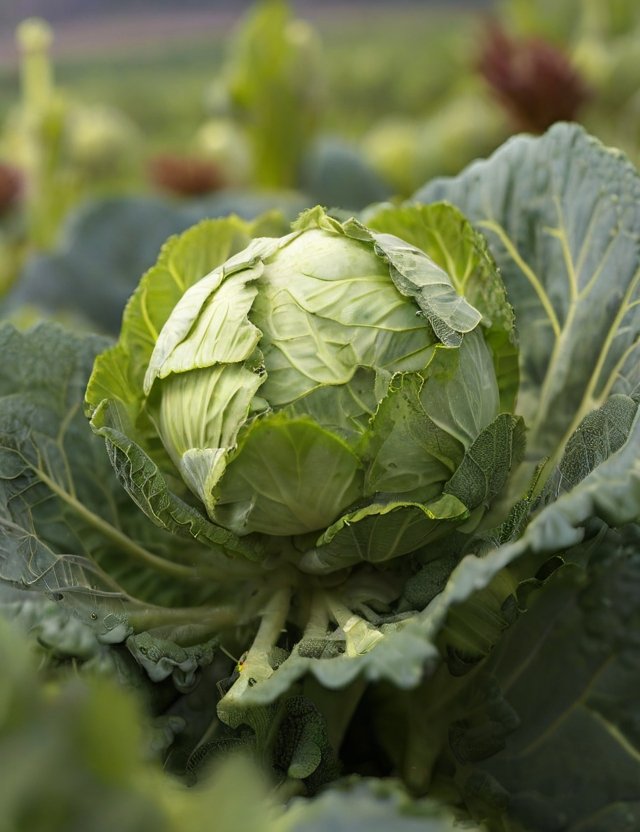
Preventing future cabbage aphid infestations involves implementing proactive measures and maintaining a garden environment that discourages their presence.
Here are detailed tips to help prevent cabbage aphid infestations:
Practice good sanitation
Regularly inspect your plants for any signs of aphid infestation.
If you detect infested plants, promptly remove and destroy them to prevent the spread of aphids to neighboring plants.
This proactive measure helps contain the issue and reduces the likelihood of widespread infestations.
Encourage beneficial insects
Foster a garden environment that attracts beneficial insects, such as ladybugs and lacewings, which are natural predators of aphids.
Plant flowers that serve as food sources for these beneficial insects, creating a welcoming habitat.
Diverse plantings and a variety of flowering plants can contribute to a thriving ecosystem that supports the presence of these aphid-eating allies.
Use physical barriers
Implement physical barriers around your plants to thwart aphids from reaching them.
Row covers, made of lightweight fabric, can be draped over plants to create a protective barrier.
Additionally, reflective materials like aluminum foil can be strategically placed to deter aphids, as they are sensitive to light.
These physical barriers act as a preventive measure, minimizing the chances of aphid infestations.
Regular monitoring
Stay vigilant by regularly monitoring your plants for any signs of aphids or their damage.
Early detection allows for prompt intervention, preventing the escalation of an aphid infestation.
Inspect the undersides of leaves, where aphids often congregate, and be attentive to any curling or distortion of leaves, which may indicate aphid activity.
Rotate crops
Practice crop rotation to disrupt the life cycle of cabbage aphids.
Avoid planting members of the cruciferous family in the same location consecutively.
This practice helps reduce the buildup of aphid populations in specific areas and promotes a healthier garden.
Apply neem oil
Neem oil, derived from the neem tree, can serve as a natural deterrent for aphids.
Regularly applying neem oil to your plants acts as a preventive measure.
Follow the product instructions for application and frequency to ensure effective results.
- Read also: Ladybugs for Garden Pest Control
- Read also: Ladybugs for Effective Aphid Control
Conclusion
The potential harm inflicted by cabbage aphids on your garden can be considerable.
However, gaining insights into their destructive impact and adopting effective control and prevention measures empowers you to safeguard your plants and nurture a thriving and healthy garden.
By comprehending the nature of the damage, implementing targeted control strategies, and incorporating proactive prevention methods, you establish a resilient defense against the threats posed by cabbage aphids.
FAQs
Yes, cabbage aphids can spread to other plants through their eggs. Even if you remove the infested plants, the eggs left behind can still cause problems.
Cabbage aphids can cause leaves to curl, pucker, and eventually fall off the plant. They can also damage the stems and prevent flowers from blooming and fruits from forming.

